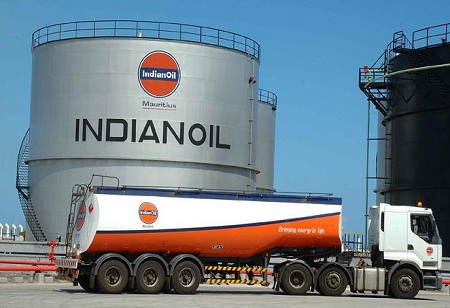The global supply of sustainable aviation fuel falls well short of what is required by airlines to achieve their decarbonization objectives, prompting Indian Oil Corp. to plan the construction of a Rs 1,000 crore (USD122 million) refinery. According to S.S.V. Ramakumar, director for research and development, the facility will have the capacity to create 88,000 tonnes of SAF annually. Indian Oil is looking to collaborate on the project with other oil corporations. To move forward with the project, he continued, supply agreements with airlines are required.
The International Civil Aviation Organisation set a goal to achieve net zero emissions by 2050 last year, and SAF has long been regarded as the sector's quickest path to achieving that goal.
However, the current global output is only a small portion of what is required, and airlines are counting on a significant increase in supply. Ramakumar said in an interview that "this is going to be a booming business." Because you won't experience economies of scale without a higher capacity, that's why we came up with the idea for such a large plant. Using alcohol-to-jet technology created by LanzaJet, the plant, which will be built at Indian Oil's Panipat refinery north of New Delhi, is expected to be the first SAF facility in the country if it is built. Another plant using a different technology has been suggested by the rival Mangalore Refinery and Petrochemicals Ltd.
Ramakumar stated without going into further detail that tax advantages will also be required for Indian Oil to move through with the investment in the plant. The petroleum may be sent to Southeast Asia and Africa, he continued. A government suggestion to mix SAF with jet fuel will be the next stage, and it will be crucial for airlines to sign supply contracts with Indian Oil. According to Ramakumar, the head of an oil ministry commission, 1% SAF should be blended into normal fuel starting in 2026, followed by a steady ramp up.
The high operating costs, he added, airlines will also require tax breaks from the government or carbon credits to make using SAF profitable. More over 2% of the gases that are warming the earth come from global aviation, and there are few other ways to reduce emissions. For medium- and long-haul flights, battery-powered aircraft lack the necessary range, and hydrogen will likely take many years to become a viable alternative.
